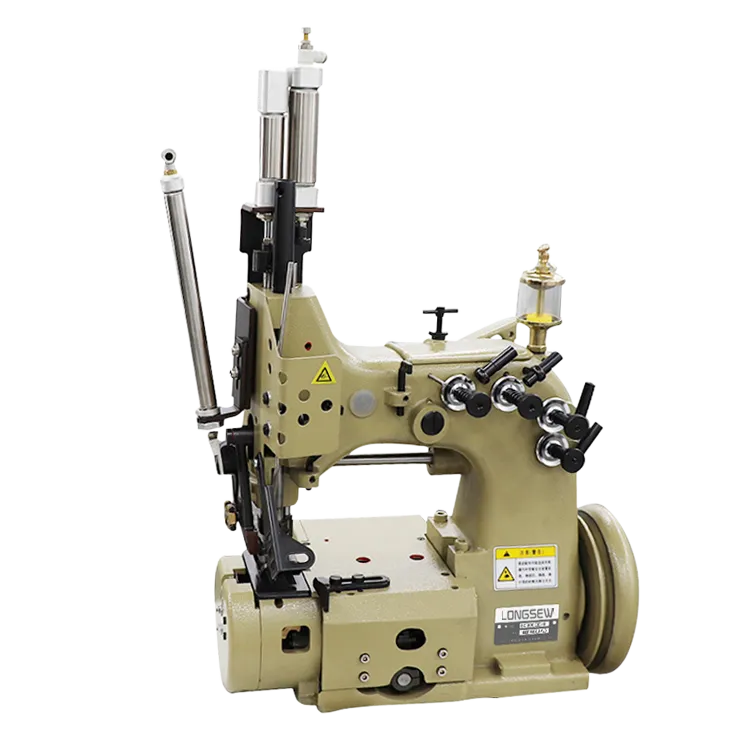A Comprehensive Guide to Effectively Using a Double Needle in Your Sewing Machine
How to Use a Double Needle on a Sewing Machine
Sewing with a double needle can elevate your projects, adding a professional touch and unique decorative effects to your garments. Whether you're looking to create a faux cover stitch on knit fabrics or want to achieve parallel rows of stitching for a polished finish, mastering the double needle technique is worthwhile. In this article, we’ll guide you through the essential steps to successfully use a double needle on your sewing machine.
Choosing the Right Double Needle
Before you begin, it's crucial to select the appropriate double needle for your project. Double needles come in various sizes and types, such as universal, stretch, and twin needles. The universal needle works well for most woven and knit fabrics, while stretch needles are specifically designed for elastic and knit materials. When choosing a size, remember that the larger the number, the thicker the needle. Common sizes include 2.0/80 and 4.0/100, suitable for different fabric weights.
Preparing Your Sewing Machine
1. Check Compatibility Ensure your sewing machine can accommodate a double needle. Most modern machines do, but it's always wise to refer to your manual. 2. Gather Supplies You will need the double needle, appropriate thread (usually polyester for stretch), your chosen fabric, and any stabilizers, like interfacing, depending on your project.
3. Threading the Machine Thread your double needle by first following the regular threading instructions, and then insert the double needle into the needle holder, ensuring it is securely in place. A double needle has two needles and one shank, which means both threads will need to be threaded separately. Place two spools of thread on your machine, ensuring they unwind smoothly.
Adjusting Machine Settings
how to use a double needle on a sewing machine

Before you start sewing, adjust your sewing machine settings. Increase the stitch length slightly to prevent excess tension on your threads, especially on knits; a length of 3.0 to 4.0 is often suitable. Select a straight stitch for most projects, as it is the most compatible with double needles. You can also experiment with a zigzag stitch for decorative effects, but ensure that the needle's width does not exceed the needle's distance apart.
Start Sewing
1. Test Stitching Before diving into your final project, it's a good idea to practice on a scrap piece of fabric. This will help ensure that you've threaded correctly and can adjust the stitch settings if needed.
2. Stitching Technique When you're ready to sew your project, guide the fabric gently while the machine does the work. Avoid pulling or stretching the fabric excessively, as this can lead to uneven stitches or skipped stitches.
3. Finishing Touches As you sew, monitor the fabric and stitch quality closely. If the tension seems off or if the threads are bunching, recheck your threading and tension settings. Once finished, you can backstitch at the beginning and end of your seams to secure them.
Conclusion
Using a double needle can truly transform your sewing projects, providing a decorative finish that looks professional and clean. With careful practice and adjustment of your sewing machine, you’ll master this technique in no time. From adding a stylish touch to hemmed edges to creating intricate designs, the possibilities with a double needle are endless. So, gather your materials, try out different fabrics, and embrace the creative potential of double needle sewing! Happy stitching!
-
Leather Sewing Machine: The Industrial Standard for Tough MaterialsNewsJul.18,2025
-
Sail Making Machine: Heavy-Duty Stitching for Industrial and Marine NeedsNewsJul.18,2025
-
Sling Sewing Machine: The Backbone of Heavy-Duty FabricationNewsJul.18,2025
-
Leather Sewing Machine: Precision for Heavy-Duty StitchingNewsJul.18,2025
-
Big Bag Sewing Machine: Powering the Future of Bulk PackagingNewsJul.18,2025
-
FIBC Sewing Machine: Essential Equipment for Bulk Bag ProductionNewsJul.18,2025
-
Heavy Duty Leather Sewing Machine: A Must-Have for Professional LeatherworkNewsMay.28,2025





























